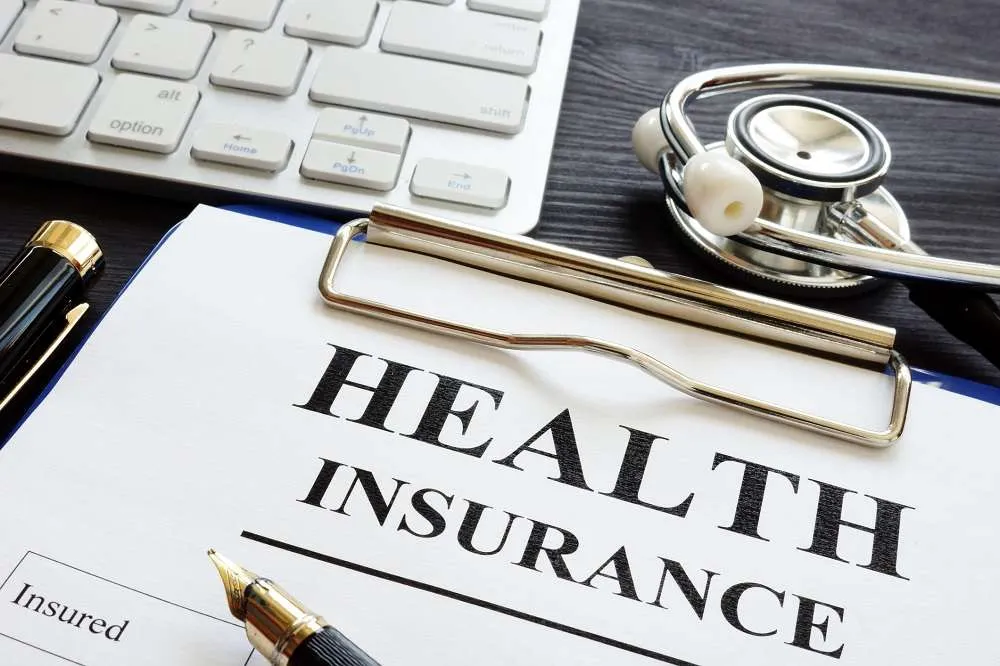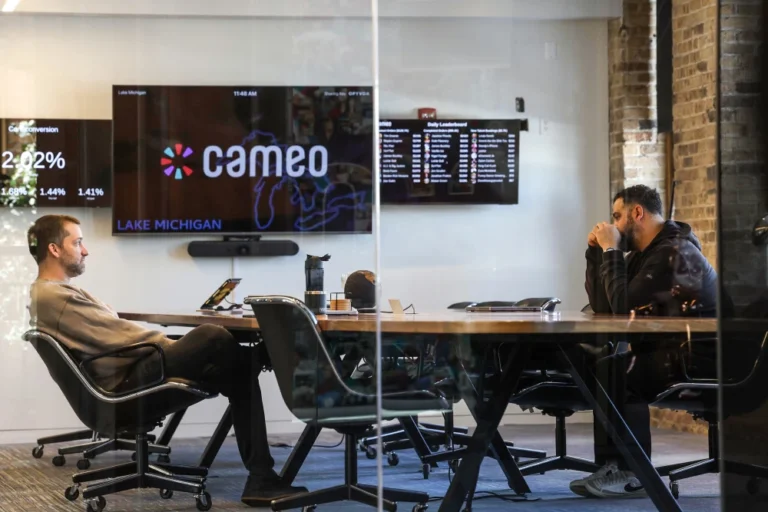Since the passage of the Affordable Care Act (ACA) in 2010, millions of Americans gained access to health insurance coverage. However, as of 2019, nearly 30 million Americans—over 9% of the population—were still uninsured, including 5.7% of all children under age 19.
For many, the main barrier to obtaining insurance is cost. The ACA coverage gap leaves millions of low-income individuals unable to qualify for subsidies or Medicaid. Additionally, the “family glitch” makes some ineligible for subsidies if a family member can obtain affordable coverage from an employer. Some individuals have chosen to forgo insurance altogether, hoping to avoid medical bills.
However, going without insurance can be costly as well. In 2019, one in four uninsured adults faced difficulties paying medical bills, and three in 10 went without necessary medical care due to its cost. To avoid becoming part of this statistic, it’s important to explore affordable healthcare options.
Places to Get Health Care Without Insurance
Avoiding medical visits is not the solution. While it may seem cost-effective in the short term, untreated conditions can worsen and lead to much higher costs in the future. Instead, it’s important to seek out health care providers who offer affordable services, even for those without insurance.
While many uninsured individuals rely on emergency rooms (ERs) for care, ER visits can be extremely expensive and often don’t provide the necessary follow-up care. More affordable alternatives include community health clinics, retail health clinics, and other providers that offer either free care or reduced rates based on income.
Subsidized Health Clinics
Health clinics across the U.S. offer affordable care for the uninsured and underinsured. These clinics serve at-risk groups such as migrant workers, individuals in public housing, and people experiencing homelessness. The two main types of subsidized clinics are:
- Free Clinics: These clinics are funded by grants, taxes, or donations and provide care either at no cost or at a nominal fee, depending on your income. Some free clinics offer only essential services, such as vaccinations and checkups.
- Sliding-Scale Clinics: Sliding-scale clinics adjust their fees based on your ability to pay. Patients with higher incomes pay full price, while those with lower incomes may pay little to nothing for care.
To locate a subsidized health clinic near you, you can refer to trusted resources such as the National Association of Free & Charitable Clinics (NAFC) or the U.S. Health Resources and Services Administration (HRSA).
Retail Health Clinics
In recent years, retail chains, including drugstores, supermarkets, and big-box stores, have introduced in-house health clinics. These clinics are typically staffed by nurse practitioners or physician assistants, which helps keep costs lower. Retail clinics often provide services such as:
- Vaccinations
- Physical exams
- Health screenings for work or school
- Treatment for common illnesses like the flu or sinus infections
- Care for minor injuries like cuts and sprains
Retail health clinics are often open longer than traditional doctor’s offices, and you don’t need an appointment. The cost of these services is generally lower than at a doctor’s office or ER, with many clinics offering transparent pricing upfront.
Direct Primary Care
Direct Primary Care (DPC) is an alternative model where patients pay a flat monthly fee for access to their primary care doctor. While this model is generally more affordable than traditional insurance plans, it typically covers office visits and basic services but not more specialized treatments, medications, or surgeries.
DPC can provide a more personalized relationship with your doctor, as DPC providers typically manage fewer patients, allowing them more time per visit. However, it is important to understand that specialized care beyond basic services is usually not covered under DPC, and you may need to pay for these services separately.
Telemedicine
Telemedicine has become an increasingly popular option, particularly since the COVID-19 pandemic. Virtual visits with doctors through video calls or text consultations can be a cost-effective alternative to in-person appointments. A telemedicine visit typically costs significantly less than an office visit or an ER visit.
Telemedicine services are available for a wide variety of health concerns, and some platforms offer prices starting as low as $5 per month for ongoing care. Keep in mind that prices may vary depending on the provider and the type of consultation.
Free Health Screenings
Early detection of health issues can prevent costly treatments later on. Many organizations offer free health screenings for a range of conditions such as diabetes, high blood pressure, and certain types of cancer. These screenings are often provided by hospitals, health departments, nonprofit organizations, and pharmacies like CVS.
Be sure to check with local organizations or health departments to find free screenings in your area. Some screenings may be available to anyone, while others may be limited to specific income groups or individuals without insurance.
Hill-Burton Hospitals
The Hill-Burton Act of 1946 required healthcare facilities to provide care to individuals unable to afford it in exchange for federal grants. Although funding for the program ended in 1997, approximately 130 health care facilities nationwide still offer free or reduced-cost care to qualifying individuals.
Eligibility for free or low-cost care depends on your income, and you may need to provide documentation. These facilities are located in several U.S. states, and you can search for one near you via the HRSA website.
Urgent Care Centers
For non-life-threatening conditions that require immediate attention, urgent care centers are a more affordable and quicker alternative to ERs. Urgent care centers are typically open longer hours, often from 7am to 9pm, and treat conditions such as infections, minor injuries, and flu-like symptoms.
The cost of treatment at an urgent care center is typically lower than that of an ER visit. For example, a visit to an urgent care center for an earache may cost around $245, compared to $1,000 at the ER.
Health Disclaimer: The information provided in this article is for general informational and educational purposes only and is not intended as a substitute for professional medical advice, diagnosis, or treatment. Always seek the advice of your physician or another qualified health provider with any questions you may have regarding a medical condition. Never disregard professional medical advice or delay seeking it because of something you have read in this article. If you are experiencing a medical emergency, call 911 or visit the nearest emergency facility immediately.
















